Chinese scientists uncover how soil pore structures regulate organic matter in aggregates
A research team from the Institute of Agricultural Resources and Regional Planning, Chinese Academy of Agricultural Sciences (CAAS), has revealed how soil pore structures regulate particulate organic matter (POM) within soil aggregates. The findings were published in Communications Earth & Environment, a journal under Nature.
POM is the most active fraction of soil organic carbon, and its formation and decomposition are strongly influenced by soil pore structure. Depending on morphology, POM is categorized into "fresh POM" (undecomposed or partly decomposed plant residues with fibrous shapes) and "old POM" (decomposed and dense fragments). While soil pore characteristics such as size, connectivity, and distance to pore surfaces are known to affect soil processes, their role in regulating fresh versus old POM under long-term fertilization remained unclear.
Soil aggregates with size of 3–5 mm under three treatments: unfertilized (Control), chemical fertilizer (NPK), and chemical fertilizer with manure (NPKM) in five long-term fertilization experiment sites across China—Gongzhuling (black soil), Luancheng (fluvo-aquic soil), Yangling (lou soil), Jinxian (red soil), and Mengcheng (Shajiang black soil) were examined using high-resolution industrial CT scanning and machine learning.
Results showed that long-term manure application significantly increased both fresh and old POM accumulation. Fresh POM was located much closer to pore surfaces and widely distributed in connected pores (20%–69%), suggesting that improved pore networks under manure application enhance POM decomposition. In contrast, old POM decomposed more slowly, and was more enclosed in isolated pores or the soil matrix (6%–34%), and was less affected by pore structure.
The study provides the first systematic evidence from multi-site long-term trials that different fertilization regimes shape pore structures in ways that distinctly regulate fresh and old POM. The findings offer scientific guidance for optimizing fertilization strategies to strengthen soil carbon sequestration.
Prof. Peng Xinhua of CAAS and Associate Prof. Guo Zichun of the Institute of Soil Science, Chinese Academy of Sciences are the corresponding authors. Doctoral student Ding Tianyu is the first author. The research was supported by the State Key Laboratory of Efficient Utilization of Arid and Semi-arid Arable Land, the National Key R&D Program, and the National Natural Science Foundation of China.
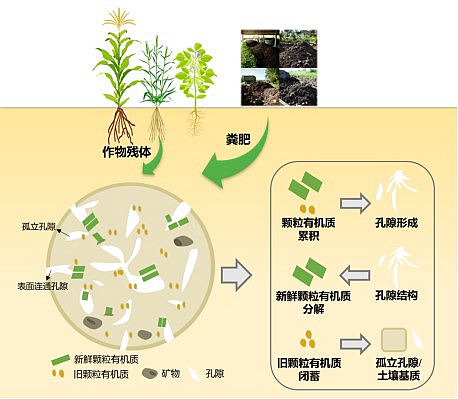
-
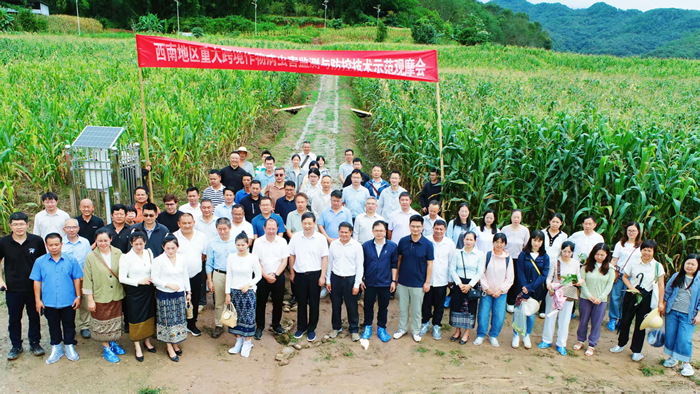 Sep 11, 2025IPPCAAS Advances Joint Prevention and Control of Transboundary Crop Pests and Diseases in Southwest China — Field Demonstration on Monitoring and Control Technologies Held in Jiangcheng, Yunnan
Sep 11, 2025IPPCAAS Advances Joint Prevention and Control of Transboundary Crop Pests and Diseases in Southwest China — Field Demonstration on Monitoring and Control Technologies Held in Jiangcheng, Yunnan -
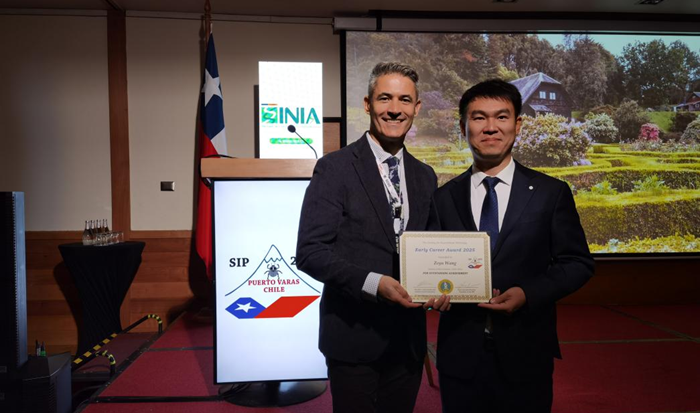 Aug 29, 2025IPPCAAS Expert Wins the Society for Invertebrate Pathology Early Career Award
Aug 29, 2025IPPCAAS Expert Wins the Society for Invertebrate Pathology Early Career Award -
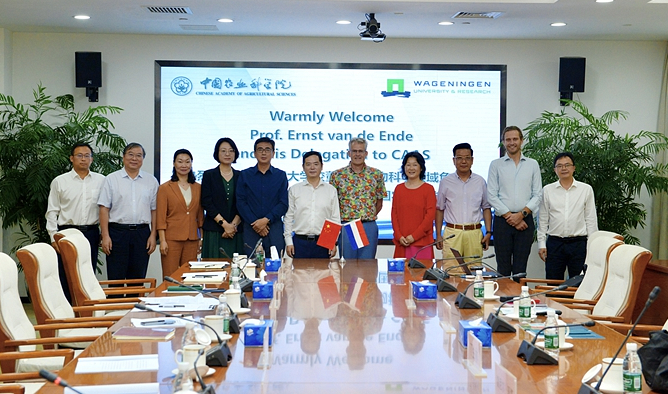 Jul 09, 2025CAAS President meets with WUR Executive Board Member
Jul 09, 2025CAAS President meets with WUR Executive Board Member -
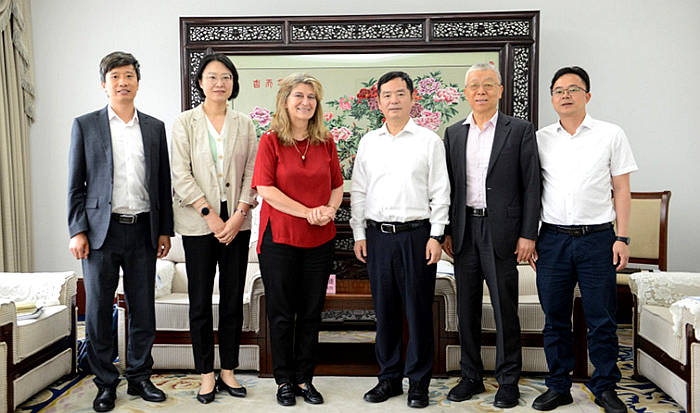 Jul 09, 2025CAAS President Meets with AAS President
Jul 09, 2025CAAS President Meets with AAS President -
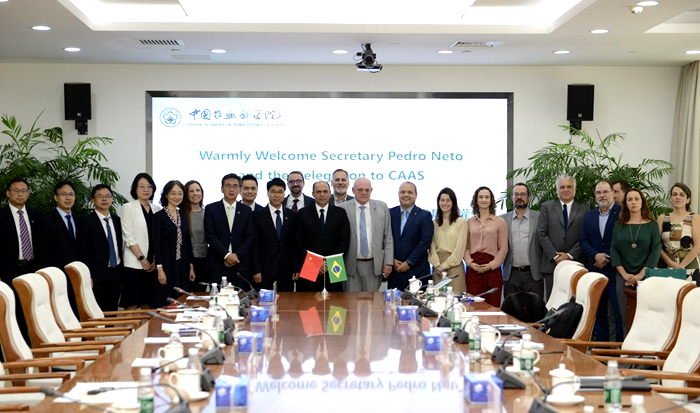 Jul 09, 2025Secretary of the Leadership Party Group of CAAS Meets with Secretary of the Brazilian Ministry of Agriculture and Livestock
Jul 09, 2025Secretary of the Leadership Party Group of CAAS Meets with Secretary of the Brazilian Ministry of Agriculture and Livestock
